We’re not likely to be flying anywhere anytime soon so here’s the next best thing: A trip back in time – to 1919 and a 24 hour tour of Paris.
Our guide is the poet Hope Mirrlees. In Paris she was the friend of Gertrude Stein, Natalie Barney, Andre Gide, Paul Valéry and companion/ lover of the Cambridge classicist scholar and archeologist Jane Harrison. In London she was the friend of Virginia Woolf, T. S.Eliot, the Bells, and the Bloomsbury set.
Mirrlees poem Paris is a stream of consciousness, day-and-night trip rich with the sights, sounds, and smells of the city. Allusion piles on allusion in a rich fragmented collage – advertisements, music, monuments, art, snatches of conversation, snapshot moments – are all interwoven with the speaker’s interior monologue. Before we had Leopold Bloom’s day in Dublin, or Mrs. Dalloway’s day in Westminster – and two years before The Wasteland – Mirrlees gave us Paris. Or rather she didn’t, because until recently the poem was out of print and the original run from the Hogarth press was a mere 175 copies and that was in 1920.
Paris is a huge homesick peasant
He carries a thousand villages in his heart.
But first, let’s take a look at the original book. This is from the British Library and it’s gorgeous.
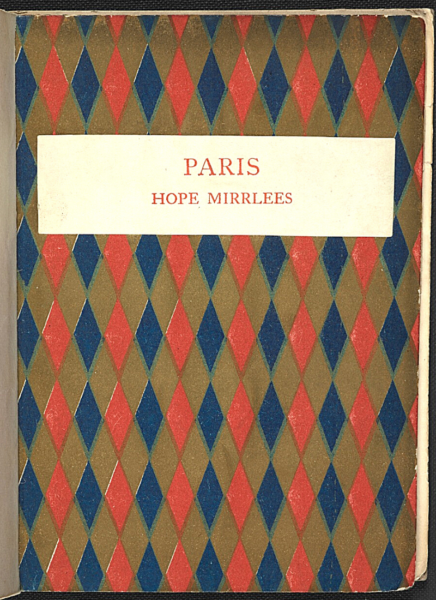
And take a look inside at the typographical challenges. The poem does not conform to the usual boundaries. There’s a fragment of a musical score and the influence of the concrete poetry of Guillaume Apollinaire. (“There is no lily of the valley” is printed vertically.) Layout was a challenge. The Woolfs printed it by hand, sewed the pages together, and bound them beautifully. Along the way, they made a few errors and spelling mistakes, and Virginia Woolf herself hand-corrected the text.

And here’s the dedication and the first page. Note the handwritten addition of “St.” before John of Patmos. This copy is from the McMaster University, Library, Canada. A more readable version can be found here.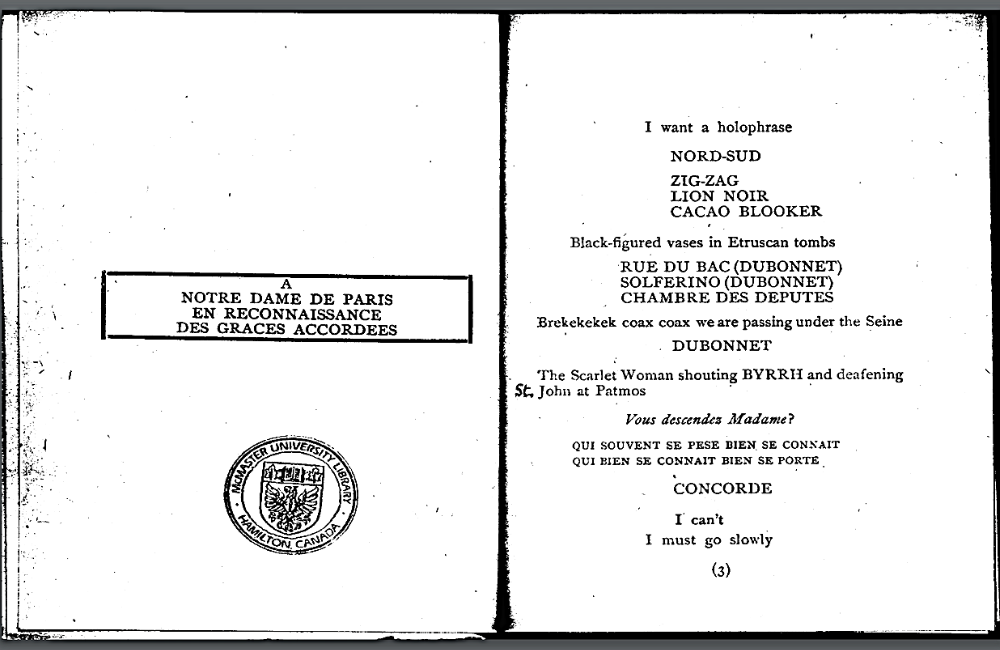
Is the dedication on the left to the cathedral, Mary, or to the city itself. I think the latter but all three work.
Poem as Puzzle
I like a good puzzle and sometimes a poem can provide it. Paris certainly does. A better knowledge of French would help. That, and a good background in the culture, history and geography of the city and a strong dose of the classics on the side. I have none of that and without them, the poem can be more elusive than allusive. But if you let the images and fragments pile up – do a little sleuthing – it still works its magic.
As Eliot was to do with The Wasteland, Mirrlees provides some endnotes to help with some of the poem’s allusions. Here’s help with the first page:

The Nord-Sud is the Metro line now known as Line 12 was built between 1905 and 1910 and connects the districts of Montparnasse, in the south, and Montmartre, in the north. The Chambre des Députés station is now known as Assemblée Nationale.
I want a holophrase
“I want a holophrase” – something that sums up a whole experience. That is what this 600 line poem is – a holophrase of a post-war Paris. World leaders and diplomats are gathering for the Versaille peace conference:
President Wilson grins like a dog and runs about the
city, sniffing with innocent enjoyment the diluvial
urine of Gargantua.
The Great War is over but the city is “thick with corpses,” and with “little widows moaning.” Mirrlees’s Parisians bear the emotional weight of the war as they conduct their daily business:
And petites bourgeoises with tight lips and strident
voices are counting out the change and saying Mes-
sieursetdames and their hearts are the ruined province
of Picardie. . . .They are not like us, who, ghoul-like, bury our friends
a score of times before they’re dead but—Never never again will the Marne
Flow between happy banks.
The froth and fizz of the city and its nightlife – “tortoises with gem-encrusted carapace,” “plaster pavilions of pleasure”— are the surface glitter beneath which is reality. Paris is re-inventing itself as it emerges from the boneyard of the war.
Houses with rows of impassive windows;
They are like blind dogs
The only thing that they can see are ghosts.
Plaques on the walls tell the history:
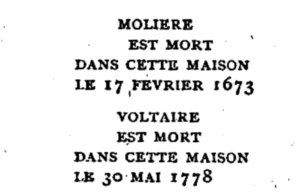
The life of the city – “Little funny things ceaselessly happening” – goes on.
The streets smell of rubber tires and Algerian tobacco and the Americans complain:
“I don’t like the gurls of the night-club – they love women”
This is Paris in the age of marvels – cars, electricity, machines of all kinds, the Eiffel Tower, Lesbian night-life, and psychoanalysis.
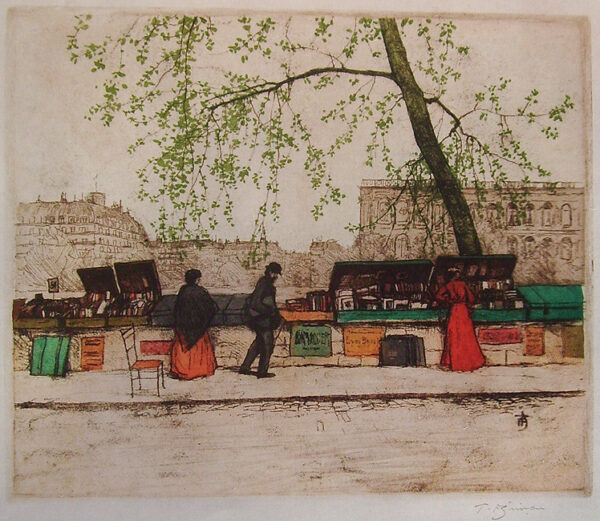
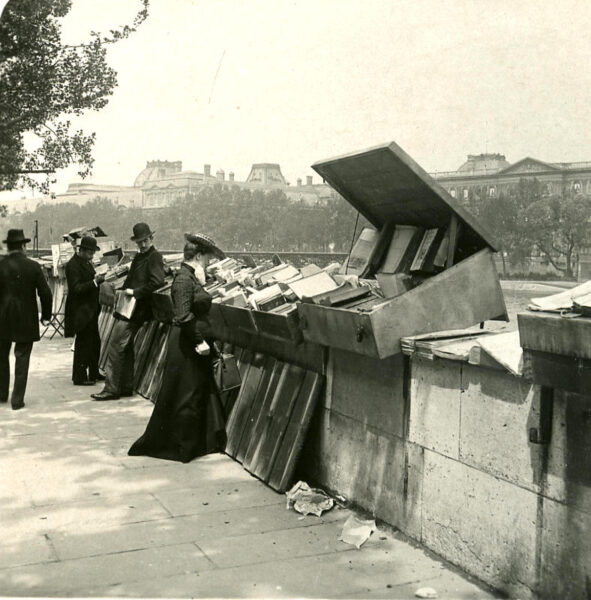
All down the Quais the bouquinistes shut their
green boxes.
From the VIIme arrondissement
Night like a vampire
Sucks all colour, all sound.The winds are sleeping in their Hyperbórean cave;
The narrow streets bend proudly to the stars;
From time to time a taxi hoots like an owl.
But behind the ramparts of the Louvre
Freud has dredged the river and, grinning horribly,
waves his garbage in a glare of electricity.
But a new day is dawning:

And here is some more signage to set the period stimmung for your underground and overground trip to Paris.
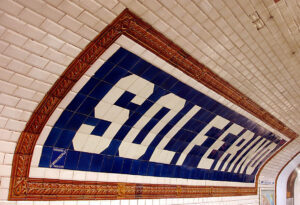
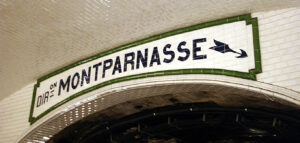

.And of course, you’ll need a map:
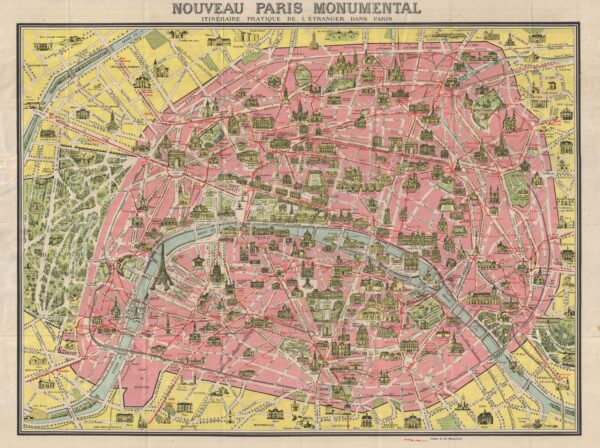
Virginia Woolf called Paris; “Obscure, indecent and brilliant.”
I’ve just scratched the surface
What will you find? What do you think?
Bon voyage!
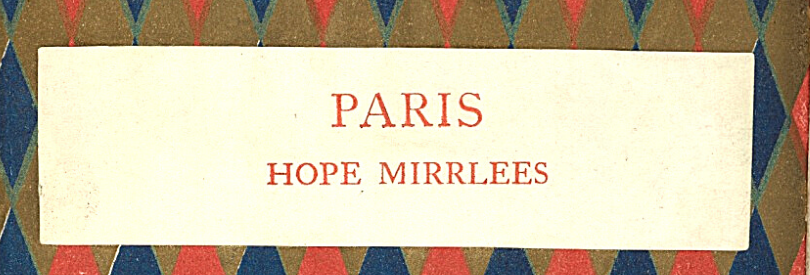
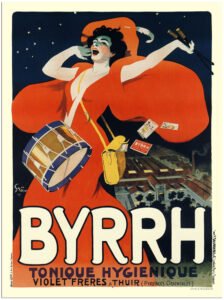
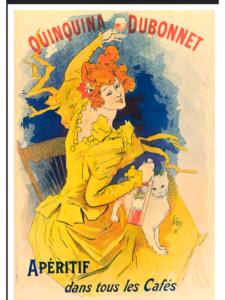
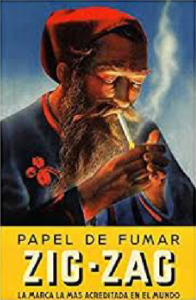
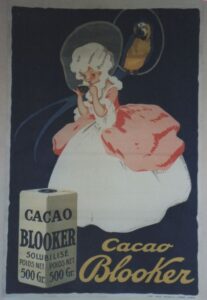
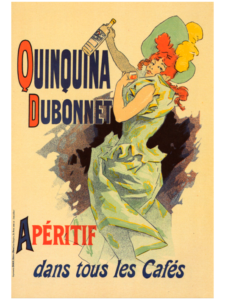


I loved this Hope Mirrlees poem. Now on my list of books to find. Thank you.
Gwen.
Great article!
The poem was carried by the tragic, by the scandalous mysteriousness and a whiff of the romantic. The mythologies of Paris prevailed in some minds until to this day, 100 years later! Its remnants can still be observed in the so-called “museum centre”, now ringed and squashed by the dreaded rings of slum suburbs, not unlike most European metropolises.
Once, the mythological attraction of those places offered the possibility to elevate minds and spirits, now they are mere tourist attractions offering the usual picture-postcard banalities.
I thought her poem was more interesting than that although what you say about tourist attractions is so true.
I think she represented the time – 1919 – and the city and its history – in ways that spoke to the times.
Paris today is not the Paris of 1919 or of any other time. And yes – tourism renders all places meaningless in a moment, But Mirrlees captured a distinct sliver of time. I like it for that.